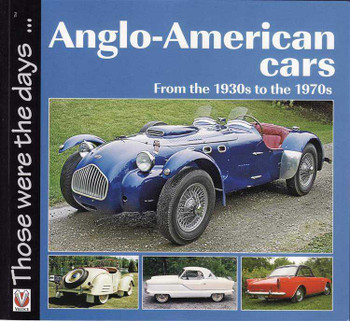Description
By: Colin Peck .
In 1920s, 30s and 40s Britain, wooden-bodied shooting brakes, estate cars and station wagons were commercial vehicles used in utilitarian roles. They were built in relatively small numbers, often by small, lesser-known commercial body building firms, and required high levels of maintenance to ensure anything resembling a long life.
Every chassis – from Alvis, Austin and Bentley to Standard, Vauxhall and Wolseley – was built as a Woodie at some stage, and Woodies reached the peak of their popularity in the immediate post-war years when steel was in short supply and the majority of new cars were being built for export.
Some vehicle manufacturers sold wooden-bodied utilities under their own name, but most were built in small workshops under contract to vehicle dealerships, or were sold direct to the general public. However, labour intensive construction, high maintenance requirements„ and introduction of the unitary chassis by Britain's car makers, all contributed to the eventual demise of the British Woodie.
Today, there's a resurgence of interest in British Woodies across the world, with an increasing number of cars being restored and cherished. The work of many small coachbuilder firms is highlighted here, aid illustrated with over 100 rare and previously unpublished photos.
The British Woodie is, undoubtedly, a thing of beauty, and this book is a tribute to the skills of the coachbuilders that created these amazing wooden wonders.
Features
- The first book on the subject of British Woodies
- Details of all main chassis builders
- Details of many previously little known coachbuilders
- Contains many unique and previously unpublished photos
- Explores the rise and fall of this iconic form of transport
- Examines the role Woodies played in supporting British forces in WWII
- Looks at the challenges involved in restoring Woodies






















